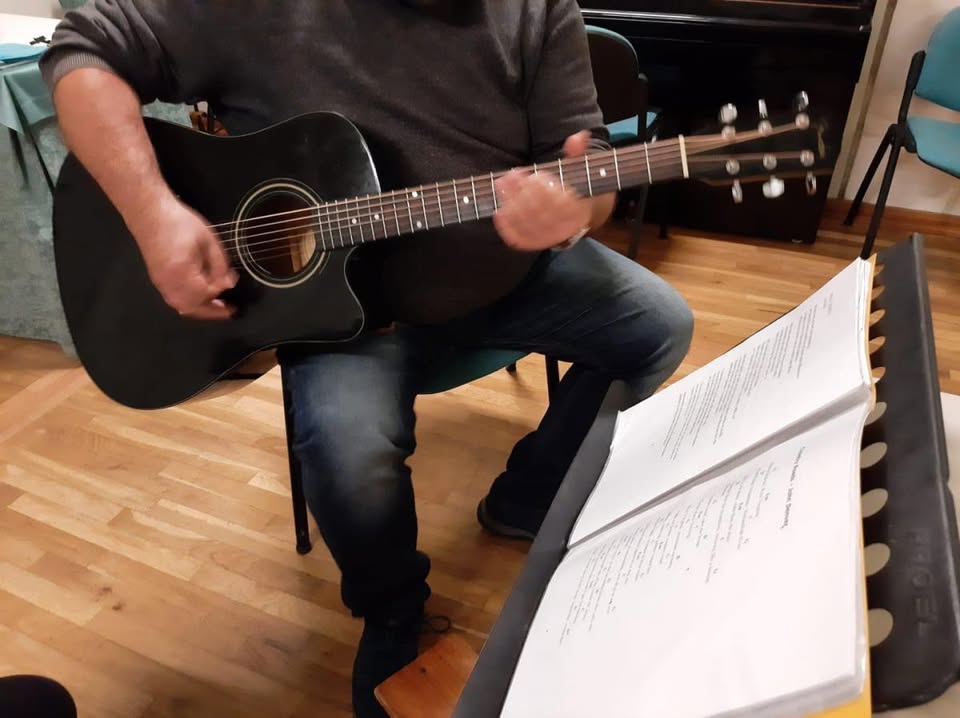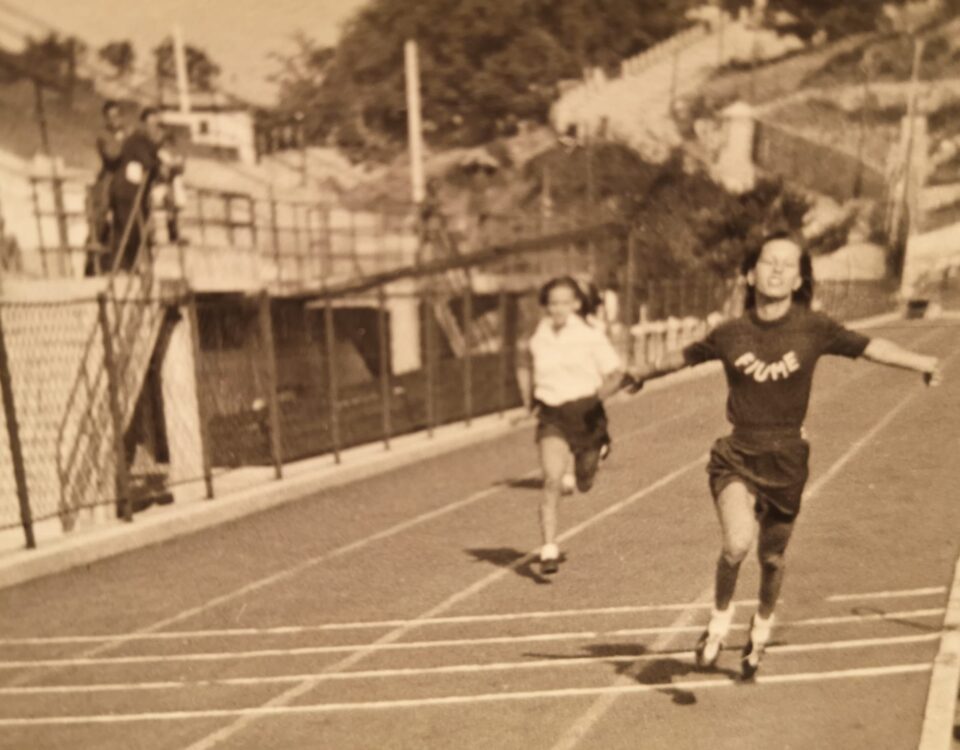CONCERTO – Črtomir Šiškovič su Radio Capodistria
Corso di moda e design – attivo anche ONLINE
11/09/2020VIDEOBAR e TV Koper Capodistria: assieme aiutano a collegarsi alle videoconferenze
11/11/2020Siete gentilmente invitati a seguire il concerto del violinista Črtomir Šiškovič,
mercoledì 11 novembre alle 20:00 su Radio Capodistria
Nell’ anno tartiniano Radio Capodistria rende omaggio al celebre maestro con un concerto/recital del grande violinista sloveno nato a Trieste, Črtomir Šiškovič, dedicato alle musiche di Giuseppe Tartini di cui Šiškovič ha registrato tutte le sonate.
Durante l’appuntamento si terranno conversazioni con il violinista sulla musica di Giuseppe Tartini, sulle sue esperienze, sul suo rapporto con questo compositore nato a Pirano, ed esecuzioni di alcune sonate del Maestro delle Nazioni.
Il Recital di violino con ČRTOMIR ŠIŠKOVIČ sarà in diretta audio/video streaming.
Questa volta, l’appuntamento I CONCERTI DI RADIO CAPODISTRIA LIVE – EDUCA sarà dedicato quindi alla musica di Tartini.
Conduttrice della serata Miriam Monica.
In diretta sulle frequenze:
FM: 97.7-103.1-103.6 MHz
AM: 1170 kHz
o in streaming all’indirizzo: https://capodistria.rtvslo.si/zivo/capo
Il violinista – ČRTOMIR ŠIŠKOVIČ
Črtomir Šiškovič, nato a Trieste, ha studiato nella sua città con O. Kjuder e con C. Veronek a Ljubljana (Slovenia).
Nel 1976 si diploma a pieni voti presso il Conservatorio “G. Tartini” di Trieste, si perfeziona poi con Igor Ozim e con il Quartetto Amadeus di Colonia, dove consegue nel 1980 il diploma a pieni voti e menzione speciale presso la prestigiosa Musikhochschule.
Nel 1982 segue altri corsi di perfezionamento con Franco Gulli e il Quartetto Borodin a Bloomington (Usa), con Max Rostal a Klagenfurt (Austria) e Viktor Pikaizen in Svizzera.
In ambito cameristico si esibisce in numerose e prestigiose formazioni a livello internazionale, collaborando con musicisti del calibro di Franco Gulli, Kostantin Bogino, Michael Flaksman, Irena Grafenauer, Maria Graf, Igor Lazko, Davide Formisano, Radovan Vlatković.
In qualità di solista si esibisce con importanti Orchestre quali Filarmonica di San Pietroburgo, Orchestra da Camera di Budapest, Filarmonica Slovena, Rheinische Philharmonie, Orchestra Sinfonica “A. Toscanini”, Cappella Istropolitana, Shizuoka Symphony Orchestra, Orchestra Filarmonica Marchigiana, Paris Chamber Orchestra, Kyudai Philarmony Orchestra etc.. La sua intensa attività solistica lo porta a collaborare con prestigiosi direttori d’orchestra quali H. Soudant, G. Kuhn, F. Luisi, F. Brüggen, I. Domarkas, U. Lajovic, A. Nanut, M. Bamert, M. Tabachnik, L. Shambadal, L. Arnič, S. Tsutsumi.
Compie numerose tournèe in tutta Europa, Stati Uniti, Giappone, Cina, Mongolia, Corea del Sud, suonando nelle più famose sale da concerto (Lingotto di Torino, Sala del Conservatorio Verdi di Milano, Beaux Arts di Bruxelles, The Ongaku No Tomo hall di Tokyo, Gewandhaus di Lipsia, Centro IRCAM di Parigi, Concertgebouw di Amsterdam, Rudolfinum di Praga, Filarmonica di Berlino, Filarmonica di S. Pietroburgo, Grand Theatre di Shanghai, Gran Ship Theatre di Shizuoka, Art Center (IBK hall) di Seoul, ACROS Concert Hall di Fukuoka etc.).
Da oltre vent’anni si dedica con particolare interesse alla musica barocca, suonando con l’arco e il violino di quell’epoca. Ha inciso numerosi CD con musiche di G. Tartini e dei suoi allievi (tra cui spicca l’integrale delle 31 sonate per violino solo di G. Tartini). Nel 2017 è stato nominato “Artista del mese” di Febbraio dalla nota casa discografica NAXOS.
Ha al suo attivo numerose registrazioni radio televisive con RAI, RTV di Ljubljana, Zagreb e Beograd, RTV della Suisse Romande, Radio Nazionale Spagnola, Deutschlandfunk di Köln, RTV di Mosca e San Pietroburgo, Radio Ungherese, TV Cinese e Giapponese.
Ha effettuato numerose incisioni presso le case discografiche: DYNAMIC, STRADIVARIUS, RIVO ALTO, DAD RECORDS (ITALIA), DA CAMERA, KUTLU, MONDO MUSICA (GERMANIA), RTV BEOGRAD (SERBIA), RTV LJUBLJANA (SLOVENIA), MELODIA (RUSSIA).
Durante la sua carriera si è ormai esibito in tutta Europa e in giro per il mondo.
La biografia completa: http://www.crtomirsiskovic.eu/ITA/biografia.html



